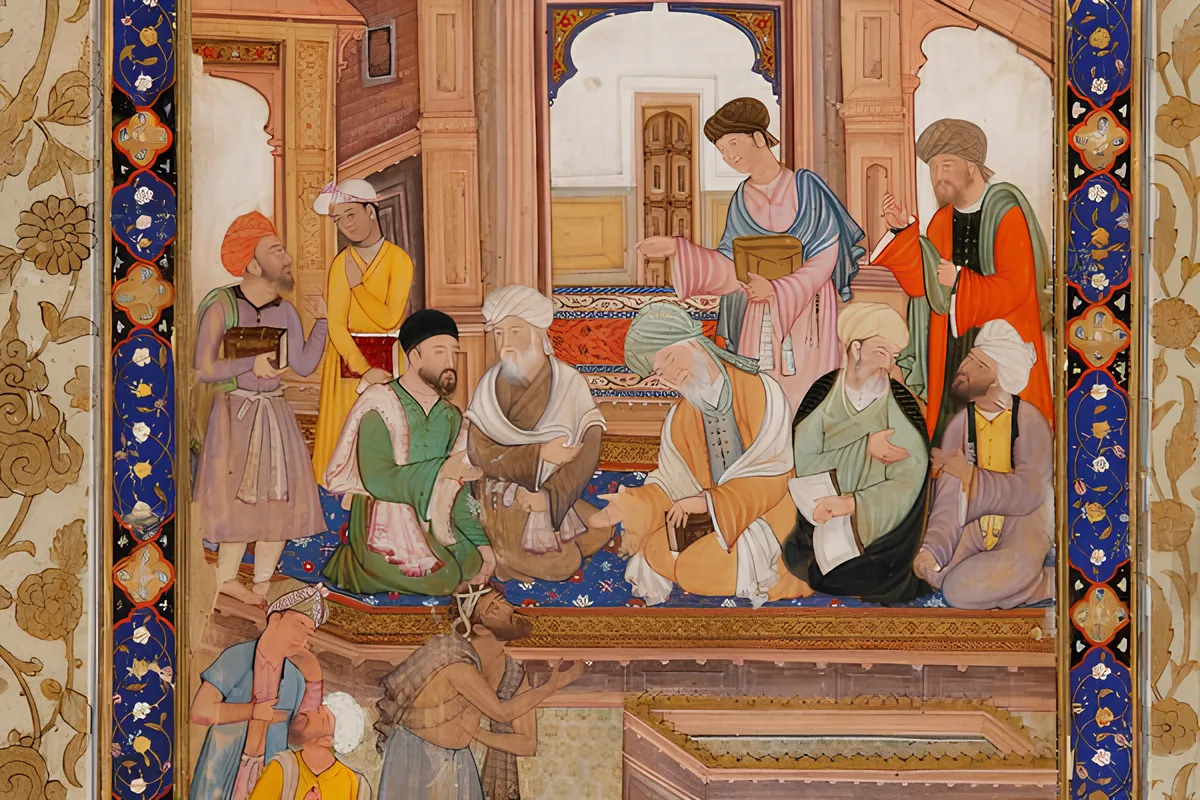
A guild called a mehtarlik was as a rule composed of musicians and actors of popular performance art (mostly puppet theaters). The relations inside a guild were ris egulated by strict professional and ethical rules established in the guild’s written statute, called risala. One such statute in the Uzbek language titled Risala-yi Mehtarlik, dated from the beginning of the 20th century, is currently stored in the collection of the Russian Museum of Ethnography (covered in more detail later in this Album).
As a rule, each mehtarlik, or guild of city musicians, was assigned a particular part of the city (makhalla, guzar, daha), and within its limits performed for citizens at family and national events (childbirths, weddings, sunnat-toy, festivities and other mass entertainment venues). Mehtarlik guilds were tightly woven into the life of the city, its various needs and requirements. The ensemble (usually from three to twelve and more members) included surnay, nagora, doira and karnay players, and as a rule surnaychi was the leader of the group. For example, each of the four districts (daha) of Tashkent in the early 20th century had its own mehtarlik, composed of (according to ethnographer M. F. Gavrilov) up to 13 people.
Within the city guild musicians usually lived close to each other, in separate districts, which were often named correspondingly. For instance, in Bukhara there was the Kuchai Nagorachiho (lit.: “The street of nagora players”) district, or “Nagorachi” in Margilan, mahallah (neighborhood) “Karnaychi,” etc.
You can learn more about the topic in the book-album "The Musical Legacy of Uzbekistan in Collections of the Russian Federation" (Volume VI) from the series "Cultural legacy of Uzbekistan in the world collections".
The general sponsor of the project is the oilfield services company Eriell-Group.
